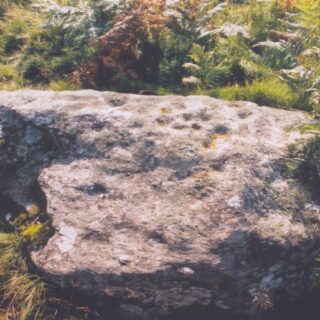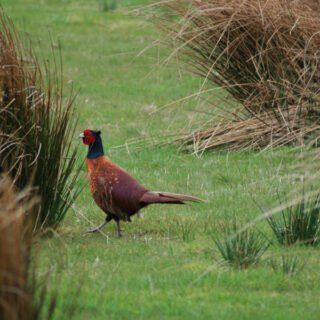With Christmas approaching comes the inevitable trip to Tillicoultry for Christmas shopping. In an attempt to balance out the shopping with something more interesting, we stopped off at a couple of castles on the way, both of which we had failed to visit properly on previous occasions.
A previous attempt to visit Almond Castle had to be aborted when the car broke down before we even got there. On another day we had managed to get to Airth Castle, but as wedding guests were in the process of arriving we decided to leave it for another day.
Today however, we had success at both castles!
It was a chilly day, with frozen snow and plenty of ice on the ground. We took a slight detour off the M9 and parked at Muiravonside Church, then walked along the footpath next to the Union Canal, which was frozen.

After a couple of hundred metres on the canal’s towpath, we cut into the former Whitecross Industrial Park, now cleared of all buildings except for Almond Castle. It was quite a bleak sight, with overgrown grasses, rubbish strewn about, old fences, and acres of icy concrete.
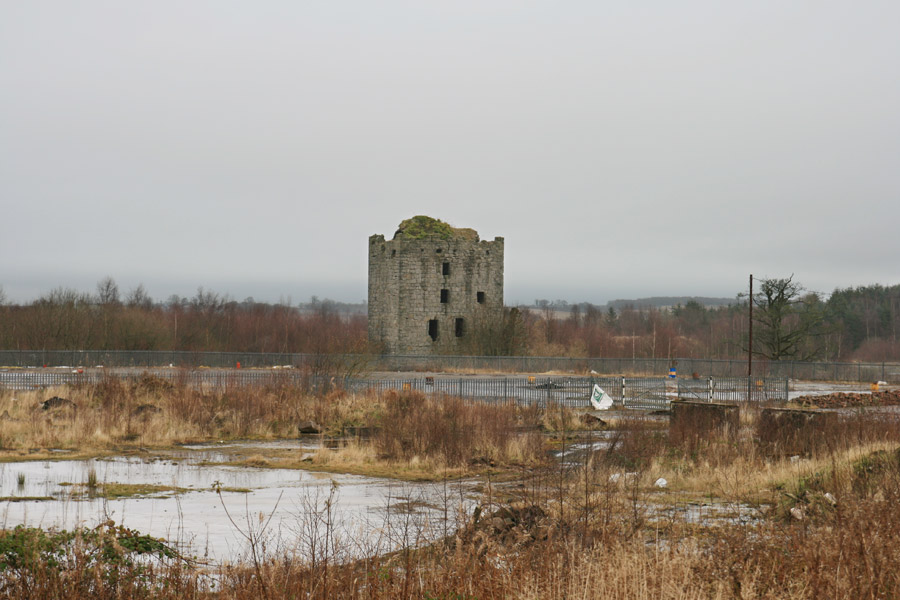
It was pretty treacherous underfoot, but we picked our way carefully across the ice, and got gradually closer to the castle.
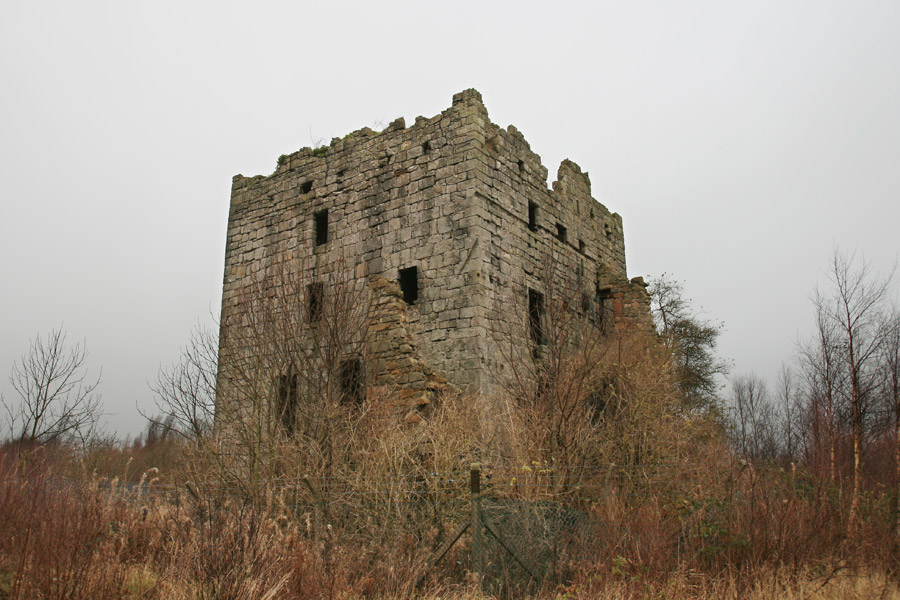
Built in the 15th century by the Crawford family and known originally as Haining Castle, its still stands to its full height of four storeys and is a substantial and impressive building. Walking around the bottom of the thick walls, there are the remains of various later buildings and wings, including this crumbling wall next to the north wall of the castle.
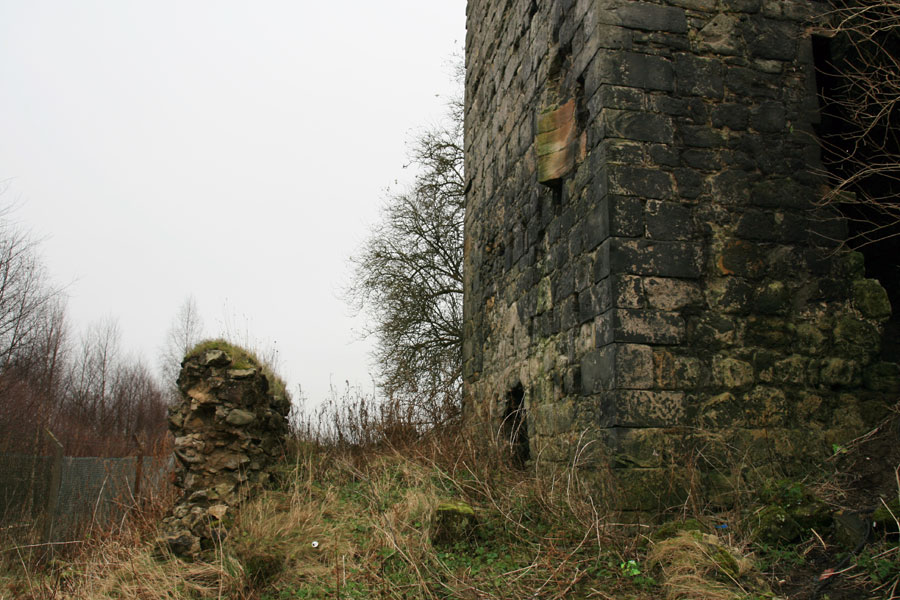
A window in the west wall shows the arched vaulting of the basement roof, which has now partly fallen in, revealing part of the first floor above.

Continuing around the castle, projecting from the east wall are the remains of a new wing built in the late 16th century by Thomas Livingston of Haining.

Although the main entrance was in the east wall, access to the castle’s interior is now easiest at first floor level within the re-entrant angle between the main tower and a smaller wing, where part of the wall has fallen.
On the first floor there would probably have been a main hall, lit by large windows with arched surrounds.
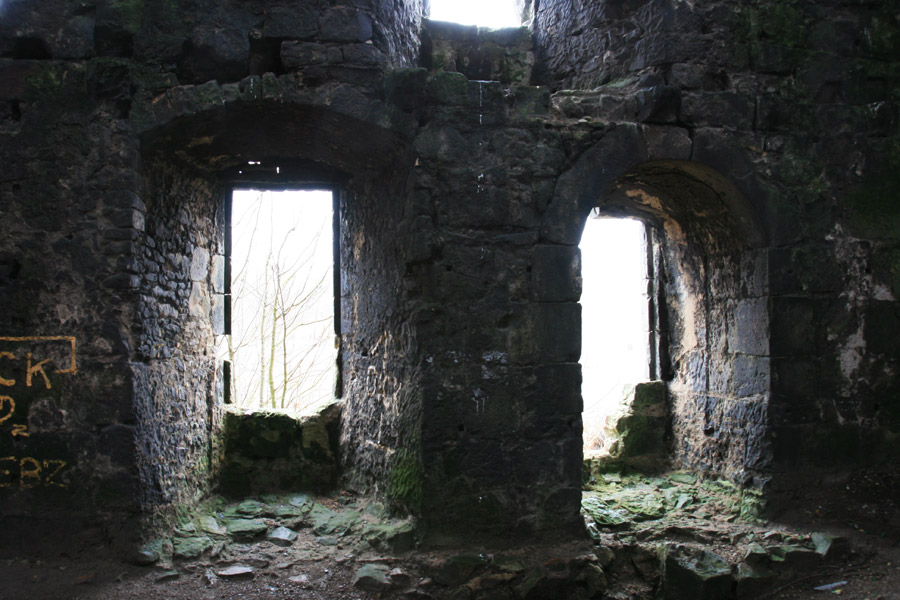
The second and third floors were wood, carried on beams. The square holes for the beams, and the stone corbels that supported them, can still be seen on the walls.

Looking up, the massive vaulted ceiling of the top floor can be seen. Open at both ends, and with a section missing haven fallen in, it seemed in a precarious state, so we didn’t venture in any further.

Apart from the danger from above, the floor wasn’t looking too safe either, with a massive hole down into the basement.
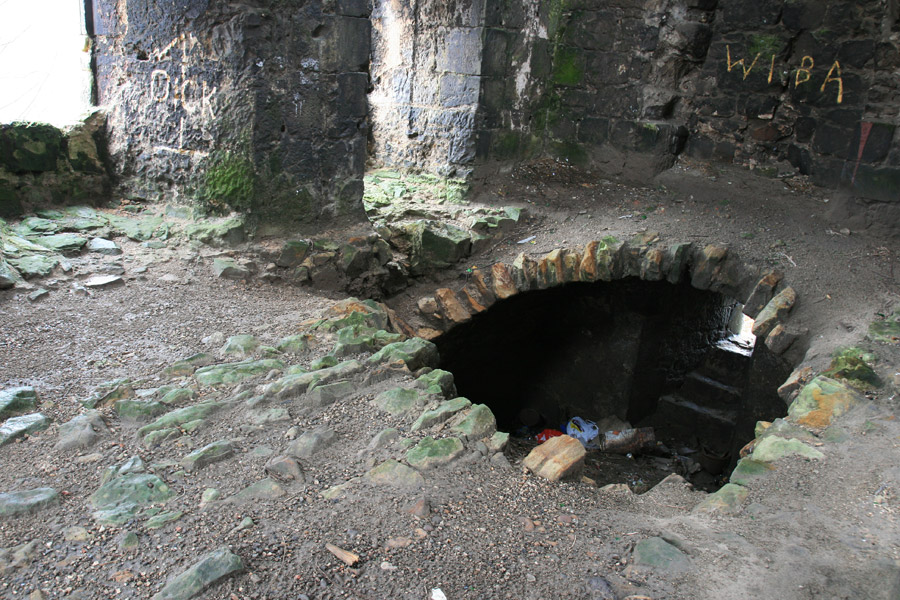
With little scope for safely exploring the interior, we headed back outside, and found the original main doorway in the east wall, now partially hidden by undergrowth.
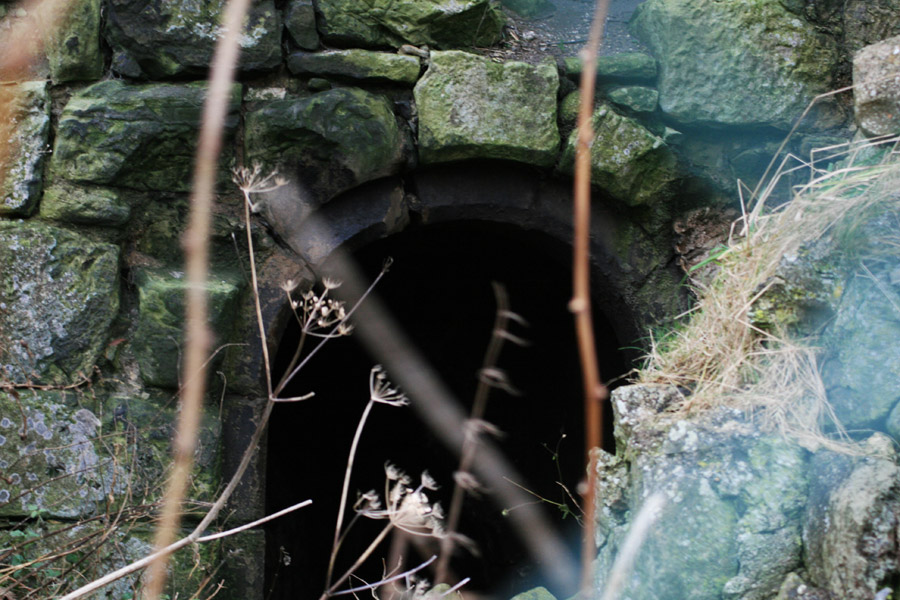
Feeling the cold, we headed back across the ice towards the towpath, stopping to take a final picture of Almond Castle (which was renamed in the 17th century by Sir James Livingston, who had been given the title of Lord Almond).

Back in the car, we continued on our way towards Tillicoultry, but took another detour just before crossing the River Forth to Airth.
In contrast to Almond Castle, Airth Castle is in very good condition, and is now a hotel.
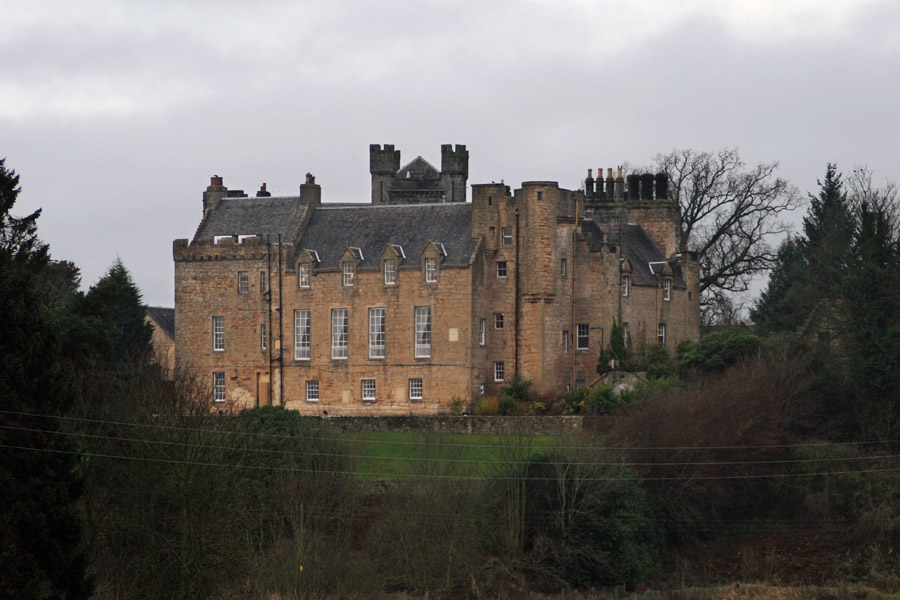
Although another wedding was about to start, we were given permission to wander around outside the castle. Dating from several periods, the main façade is early 19th century, but is attached to the oldest part, a 15th century tower.
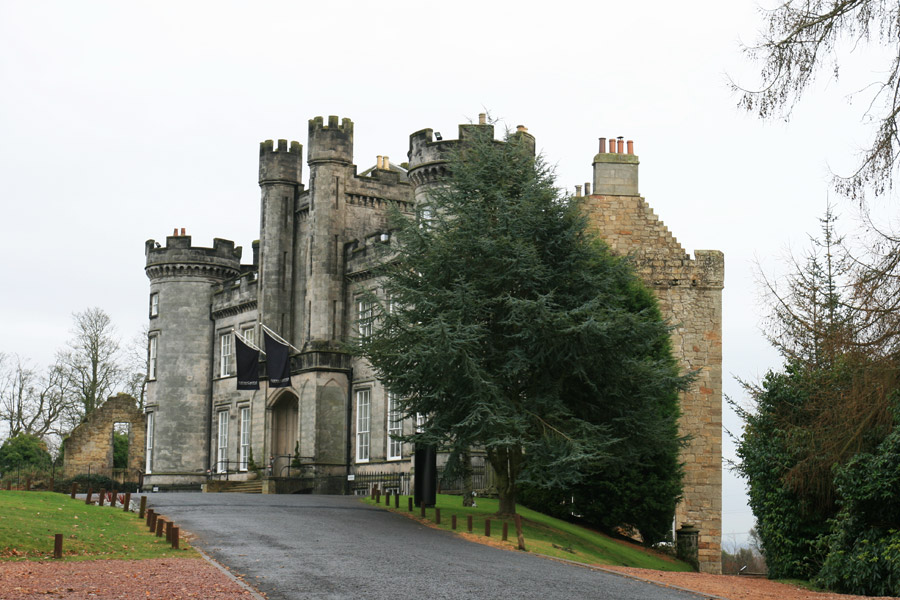
The castle stands on a steep slope, with a terrace cut out to the rear of it. The old tower was extended in the early 16th century with the addition of a new four bay wing.

At the far end of this new wing another wing was added at right angles in 1581, with a square stair tower built into the angle between, topped off with twin circular turrets.

At the top of the old tower is a crenellated parapet.

The late 16th century wing has carved pediments on its dormer windows.

Walking back around to the front of the castle we had another look at the new façade, built between 1807 and 1809, and not really in keeping with the buildings to which it is attached.

Next to Airth Castle is Airth Old Parish Church, which dates back to the 12th century but is now in ruins, superseded by a newer church in Airth village.

Unfortunately that was the end of the interesting part of the day, and after delaying the inevitable for as long as possible, it was off to Tillicoultry!

